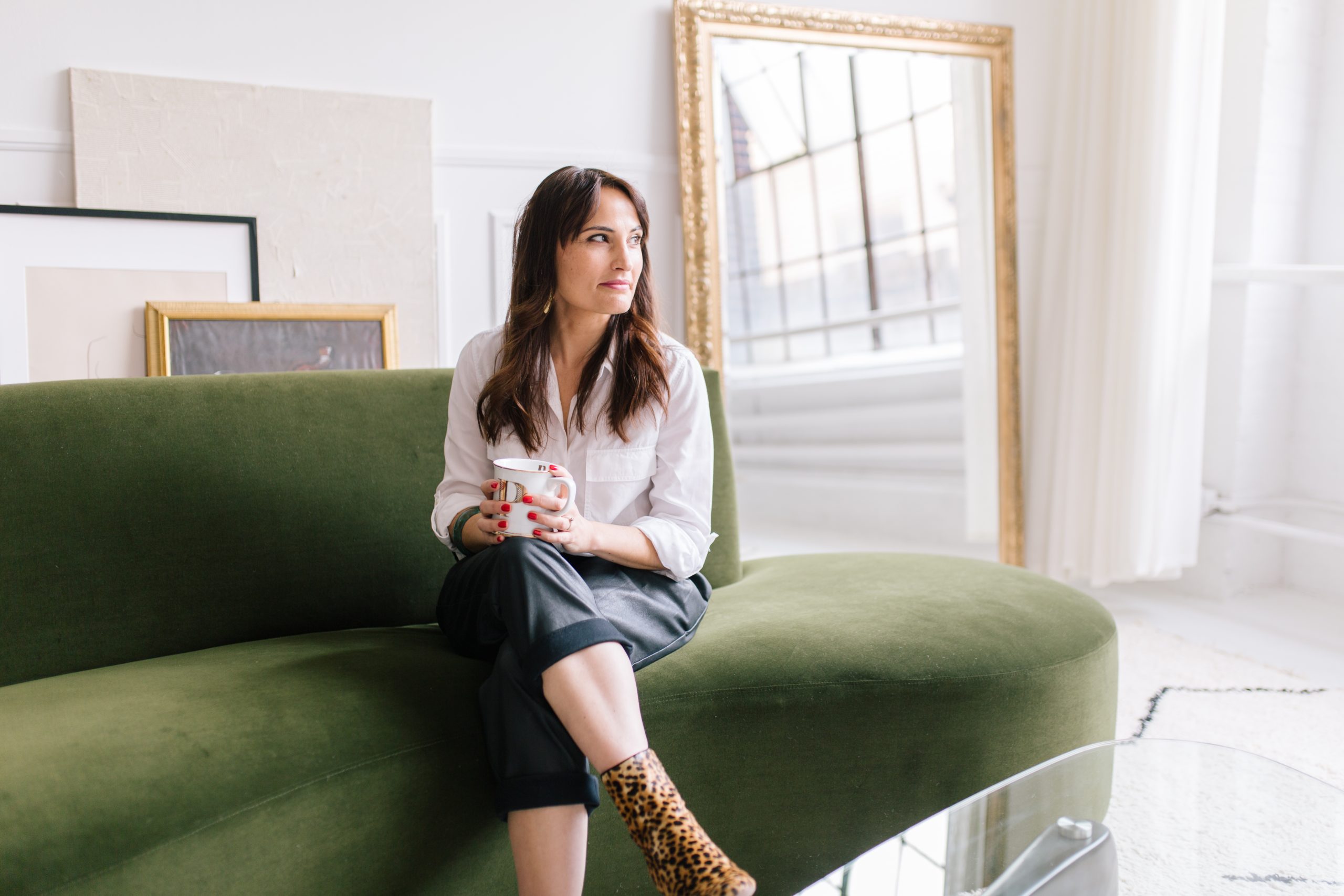I never thought I’d share this video. It’s not a pretty one, but it’s a real one.
I’ve had a handful of panic attacks in my life. The first time, twenty-four years ago, I thought I was dying. I was alone in France, feeling overwhelmed by fear. I was being followed, unfamiliar with the new city I would be living in and felt like a small lost child in a busy street. The next thing I knew, I was crouching in a phone booth in a new city, trying to decide who to call. The feeling of dread was undeniable, and the fear of the anxiety just made things worse.
When I had a panic attack a few months ago, I knew what was happening, so I filmed it as I thought maybe it would help someone to see it. To know that you aren’t in danger and you’re not alone. I could feel myself ramble through it, but it gives insight into the racing thoughts, shallow breathing, and how I talk myself out of it.
Most first panic attacks occur between the ages of 18 and the early 30s when people are often experiencing significant life changes, positive or negative. But this year, I’ve seen more patients with panic attacks at every age than ever before. The pandemic has created a lack of connection, financial insecurity, worry about health, work burnout, parenting burnout, and languishing. A perfect storm for a panic disorder.
Most panic attacks start about an hour before the actual ‘attack.’ Studies show that a trigger usually causes breath to become shallow and an increased heart rate 45-60 mins before feeling symptoms. People often experience the attack ‘out of nowhere’, but that’s rarely the case.
To get through a panic attack:
- Try to take control of your breathing first.
- Find a place where you can sit or be comfortable.
- Concentrate on making your breath slow and even.
- Try to inhale through your nose for 4 seconds, hold it for 2 seconds, then exhale through your mouth for 6 seconds.
- Tell yourself that you’re not in danger and that the attack will pass.
If you’re not sure if what you are having is a panic attack, it’s a good idea to go to the hospital to rule out any other health problems.
Panic disorder is one of the most treatable types of anxiety disorders. I’m happy to walk you through options to calm the nervous system if you’ve been diagnosed.
Strangely, I’m grateful I’ve had the experience to better understand what others might be feeling.
Here are some more of Dr. Jen’s posts: Why I Became a Naturopathic Doctor, 5 Tips to Advocate & Collaborate For Your Health and How To Calm Your Nervous System.
I have always wanted to be a naturopathic doctor even before I knew this career existed. As a kid, I loved learning about the power of healing. I talked at length with family and friends about vitamins and minerals and, because I grew up with social worker parents, I was also passionate about mental health.
Like so many others, I ignored my heart and followed another career path. But I was miserable and lost. I worked as a flight attendant for a few years and, while traveling the world, decided to be a doctor.
Unfortunately, my personal life took an unexpected turn: I got sick, divorced, and depressed. All three, while connected, were also a painful eye-opening gift. I needed to prioritize my health and decided that I had no choice but to go back to school and become a naturopathic doctor.
It was not easy. I worked full time while in medical school and had a baby in my third year just to keep things interesting. But it was who I was meant to be and I never looked back. That’s why I’m so passionate about helping others become who they are meant to be. As E.E. Cummings stated, “It takes courage to grow up and become who you really are”.
*
Dr. Jen is a licensed naturopathic doctor. The content of her videos are intended for informational and educational purposes only and are not intended to substituted for professional medical advice, diagnosis or treatment.
Please consult your physician or qualified naturopathic doctor for medical advice.

+ show Comments
- Hide Comments